Sclerotinia Stem Rot of Canola
Something went wrong. Please try again later...
My Account

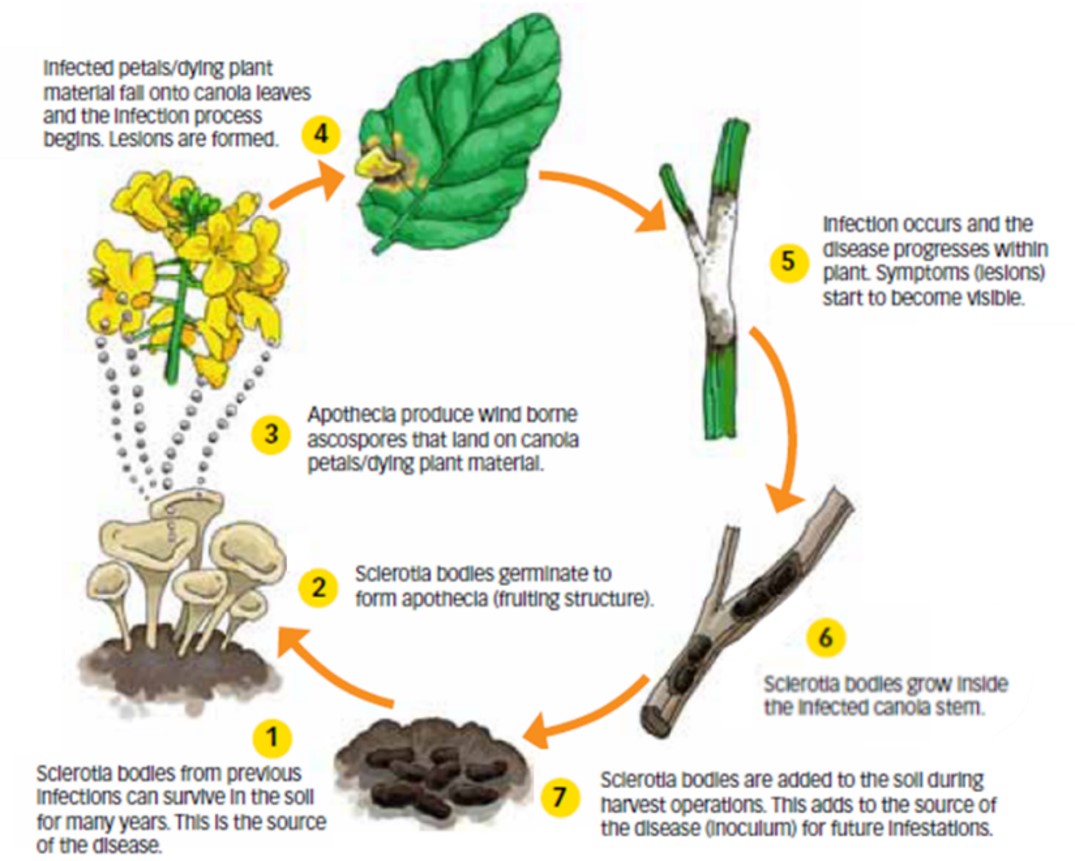
Figre 1: Sclerotinia Life Cycle
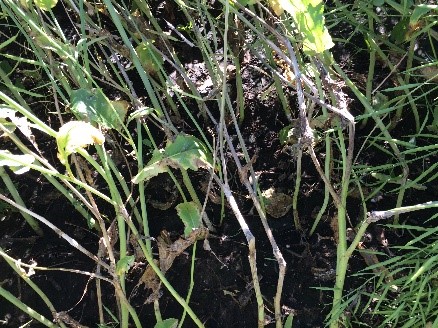
Figure 2: Symptoms of sclerotinia stem rot within canola crop canopy.
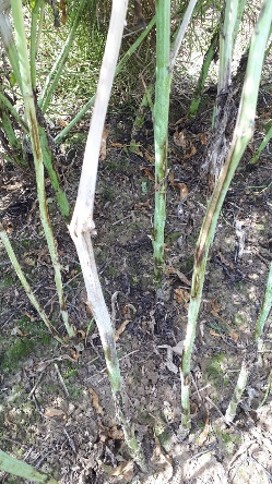
Figure 3: Canola stems infected with sclerotinia stem rot.
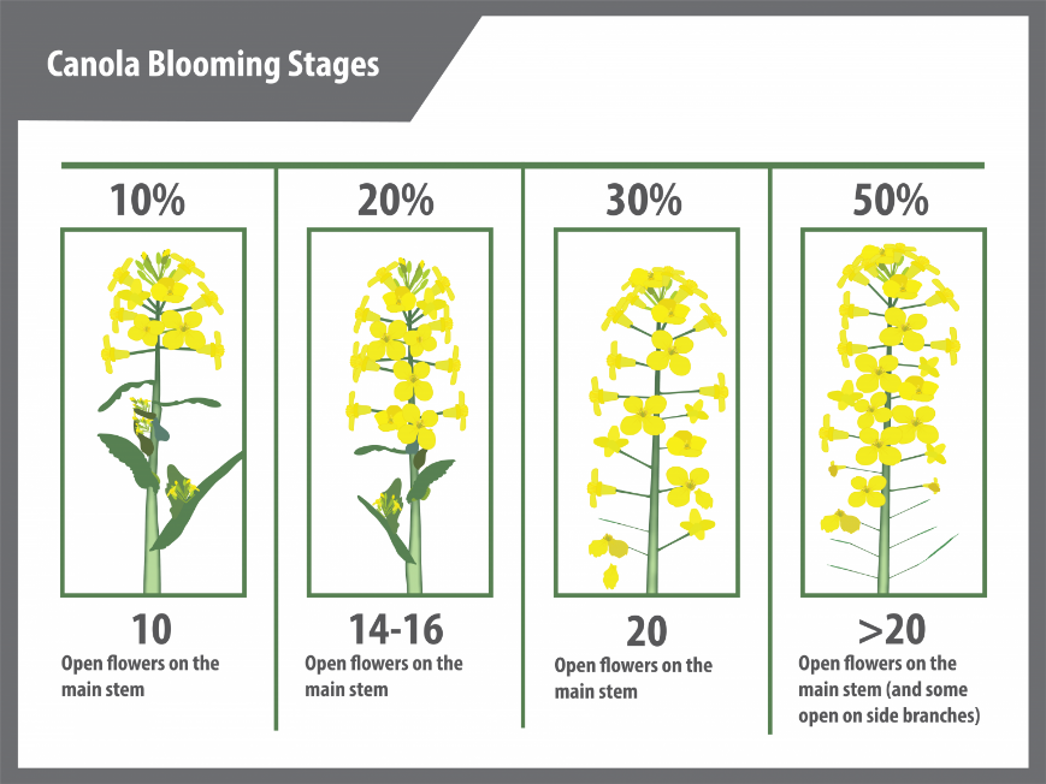
Figure 4. Canola bloom stage assessment. Courtesy of the Canola Council of Canada.
1. Fungicides
2. Genetic Resistance
3. Cultural Controls
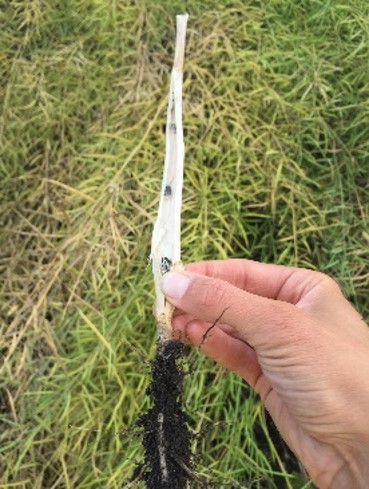
Figure 5. Sclerotia bodies in infected canola stem. Photo courtesy of the Canola Council of Canada.